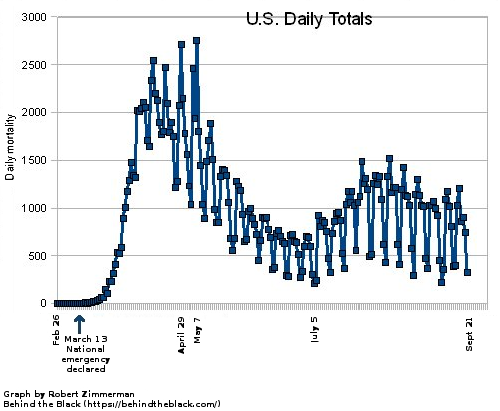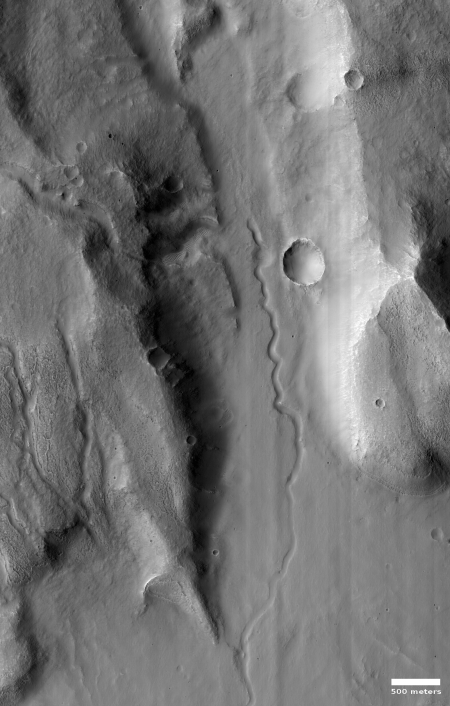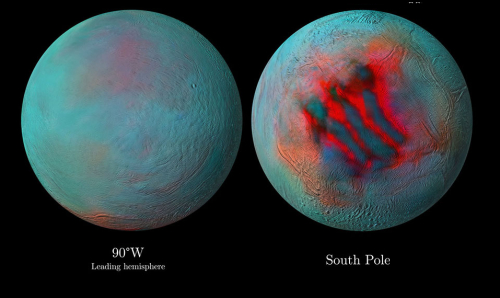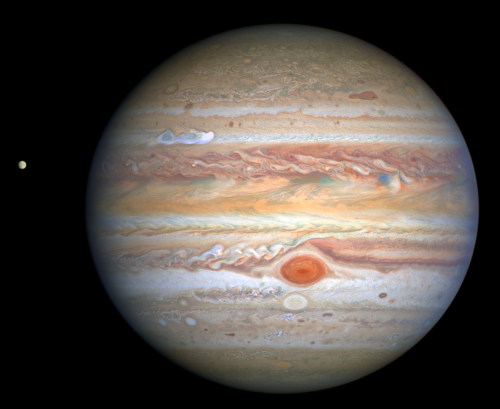NASA lays out Artemis budget and plan to get astronauts to Moon
In a obvious lobbying effort to get Congress to fund the Trump administration’s Artemis project to land humans on the Moon by 2024, NASA yesterday released a new updated plan and budget for the program.
More here.
The document [pdf] outlines the specific plans for each of the first three Artemis flights, with the first unmanned, the second manned and designed to fly around the Moon, and the third to land a man and a woman on the Moon. Overall the plan is budgeted at about $28 billion, with $3.2 billion needed immediately to fund construction of the lunar lander. From the second link:
Bridenstine said he remains optimistic Congress will fully fund lander development because of what he described as broad bipartisan support for the Artemis program. He said he’s hopeful an expected continuing resolution that would freeze NASA’s budget at last year’s spending levels will be resolved in an “omnibus” spending bill before Christmas or, if the CR is extended, by early spring. “It is critically important that we get that $3.2 billion,” he said. “And I think that if we can have that done before Christmas, we’re still on track for a 2024 moon landing. … If we go beyond March, and we still don’t have the human landing system funded, it becomes increasingly more difficult.”
And what happens then?
“It’s really simple. If Congress doesn’t fund the moon landing program, then it won’t be achieved (in 2024), I mean it’s really that simple,” Bridenstine said. But he quickly added: “I want to be clear, if they push the funding off, our goal will be to get to the moon at the earliest possible opportunity.”
I remain doubtful the present Congress, with the House controlled by the Democrats, will fund this 2024 lunar landing. Since 2016 the entire political platform of the Democratic Party has been “oppose anything Trump.” They will not fund this project if it means he will get this landing during his second term.
If however Trump loses in November, the lame duck Congress might then go ahead and fund it before December, since the landing in 2024 will then occur during the Biden presidency.
Technically the plan reveals that NASA is trying to accelerate the development of the rendezvous and docking software for Orion. During the second flight, the first manned, the crew will do proximity maneuvers with the upper stage of the rocket. Under previous management NASA had not included this ability, as they had not planned to have Orion do any rendezvouses or dockings. That lack makes it impossible for Orion to fly on any other rocket but SLS. This change means the Trump administration recognizes this is a problem, and wants to fix it, especially because they also recognize that SLS is a poor long term option for future lunar missions.
In a obvious lobbying effort to get Congress to fund the Trump administration’s Artemis project to land humans on the Moon by 2024, NASA yesterday released a new updated plan and budget for the program.
More here.
The document [pdf] outlines the specific plans for each of the first three Artemis flights, with the first unmanned, the second manned and designed to fly around the Moon, and the third to land a man and a woman on the Moon. Overall the plan is budgeted at about $28 billion, with $3.2 billion needed immediately to fund construction of the lunar lander. From the second link:
Bridenstine said he remains optimistic Congress will fully fund lander development because of what he described as broad bipartisan support for the Artemis program. He said he’s hopeful an expected continuing resolution that would freeze NASA’s budget at last year’s spending levels will be resolved in an “omnibus” spending bill before Christmas or, if the CR is extended, by early spring. “It is critically important that we get that $3.2 billion,” he said. “And I think that if we can have that done before Christmas, we’re still on track for a 2024 moon landing. … If we go beyond March, and we still don’t have the human landing system funded, it becomes increasingly more difficult.”
And what happens then?
“It’s really simple. If Congress doesn’t fund the moon landing program, then it won’t be achieved (in 2024), I mean it’s really that simple,” Bridenstine said. But he quickly added: “I want to be clear, if they push the funding off, our goal will be to get to the moon at the earliest possible opportunity.”
I remain doubtful the present Congress, with the House controlled by the Democrats, will fund this 2024 lunar landing. Since 2016 the entire political platform of the Democratic Party has been “oppose anything Trump.” They will not fund this project if it means he will get this landing during his second term.
If however Trump loses in November, the lame duck Congress might then go ahead and fund it before December, since the landing in 2024 will then occur during the Biden presidency.
Technically the plan reveals that NASA is trying to accelerate the development of the rendezvous and docking software for Orion. During the second flight, the first manned, the crew will do proximity maneuvers with the upper stage of the rocket. Under previous management NASA had not included this ability, as they had not planned to have Orion do any rendezvouses or dockings. That lack makes it impossible for Orion to fly on any other rocket but SLS. This change means the Trump administration recognizes this is a problem, and wants to fix it, especially because they also recognize that SLS is a poor long term option for future lunar missions.







